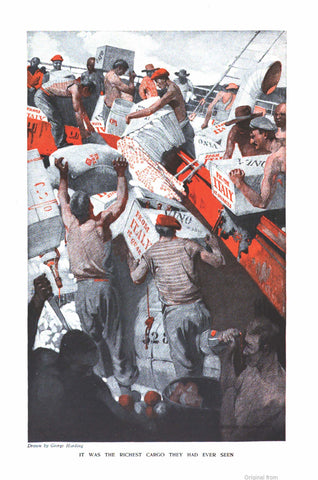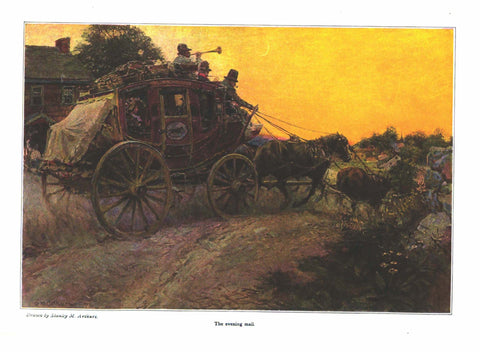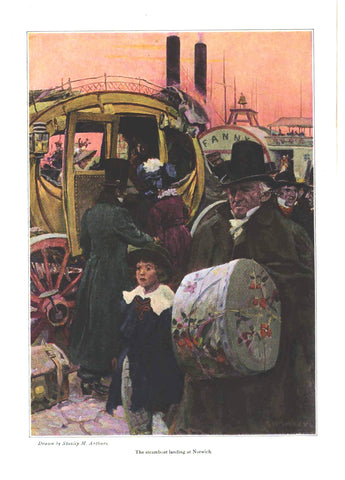Elizabeth Shippen Green poem illustration for "Harper's Monthly Magazine" (1905): beautifully framed antique
$260.00
Candlelight
Illustration for "The Dreamer"
by Josephine Preston Peabody
Illustrations by Elizabeth Shippen Green
Harper's Monthly Magazine
Vol. 112. December 1905.
IMAGE INFORMATION
Image Size: H 9.75” x W 13.50”
Matted & Framed: H 15.75” x W 19.50”
Framed Price: $260.00
Packaging and shipping approximately $25.00
Elizabeth Shippen Green had been a member of Harper's Monthly art staff for three years when she created these charming graphics for Josephine Peabody's poem series "The Dreamer."
The artist draws the viewer's eye to the little girl by placing a red bow in her hair. She makes her subject safe and cozy by placing her under a beautifully detailed quilt in a stately four-poster bed with ornamental bed drapes. As if this is not enough, ESG adjust the room's artistic atmosphere by lighting it with a single delicate candle. We see in this amazing picture the skills that won ESG her place on Harper's staff. It is a classic example of the training artists received at the Pennsylvania Academy of the Fine Arts in the late-19th century.
Josephine Peabody (1874-1922) was a Radcliffe-trained poet and dramatist. She taught English at Wellesley College from 1901 to 1903. Shortly after publishing her poetical piece in Harper's, she married Lionel Simon Marks, Professor of Aeronautics at Harvard. Two years after her marriage, JPM republished her "Dreamer" poems in a lovely child's book, again illustrated by ESG. The book, called The Book of the Little Past, was published by Houghton Mifflin Company of Boston.
The images in the December 1905 issue of May Harper's Monthly were in color. This notable because the age of color was just then dawning, and only the best pictures by the artists were treated in this high-cost process. What process was used to reproduced them is difficult to pinpoint. Since Harper's Monthly was a national magazine with a circulation of many hundreds of thousand issues, the likelihood is that some variation of the then new four color halftone process was used.
This was a photo-mechanical process in which light was beamed through colorized photographic negatives in each of the four primary colors, being cyan (blue), magenta (red), yellow, and black. With each pass, more color was laid on the printed page until the image was completely colored.
The difficulty in confirming the method used in reproducing these images is that pixels normally produced in the halftone process are not visible in these images. This may owe to an unusual arrangement of the screens Whatever the quirks in the process used to create these images they did not damage the image, which are clear, bright, and enjoyable to view.











